Date: 9 February 2002
Managing Director of leading regional glass supplier Thai German Speciality Glass of Bangkok, Winai Taweeskulchai, commented: "This legislation is good for the safety of Thais since it obliges contractors to implement a solution that will prevent falling glass in the event of breakage."
Since the regulation was introduced, Thai German Speciality Glass has worked on two Bangkok projects using laminated glass. The first is the city's Shinawatra University (completion: mid-2002) with leading Thai firms DCM 2000 Co. Ltd. and Nipat Associates. The university's striking facade incorporates 1,610 m2 of double glazed glass with both sides laminated and 2,255 m2 of single laminated glass for safety, energy saving and noise control. The second Bangkok project, also by DCM 2000, is called 'The Energy Conservation Building'. The facade uses 1,550 m2 of double-glazed laminated glass, again for safety, energy saving and noise control.
Bangkok's Shinawatra University uses laminated glass for safety, energy savings and noise control.
Prof. Dr. Soontorn Boonyatikam, principal architect at DCM 2000, told LGN: "We selected laminated glass in these two projects for reasons of safety, insulation/energy efficiency and the elimination of UV rays. In addition, we particularly value the noise reduction properties of laminated glass in the context of downtown Bangkok, which is very noisy. Laminated glass therefore represents a terrific combination of properties!
"On behalf of the Thai government, DCM 2000 has conducted studies that show conclusively that laminated glass combining high light transmittance with a low shading coefficient is the major factor in a building when it comes to energy conservation. Laminated glass can therefore make a big difference to the comfort level of people within the building. The more we learn and care more about energy conservation and occupant comfort, the more we understand that laminated glass is by far the best solution." Dr. Soontorn's book, "The Use of Glass in Architecture" was published in 2000 by the Thai government's Department of Energy.

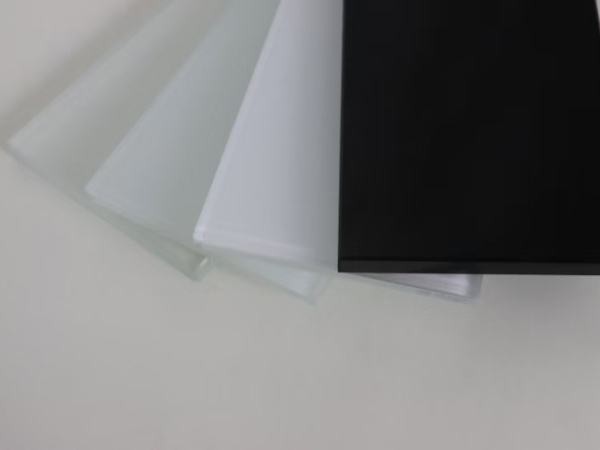

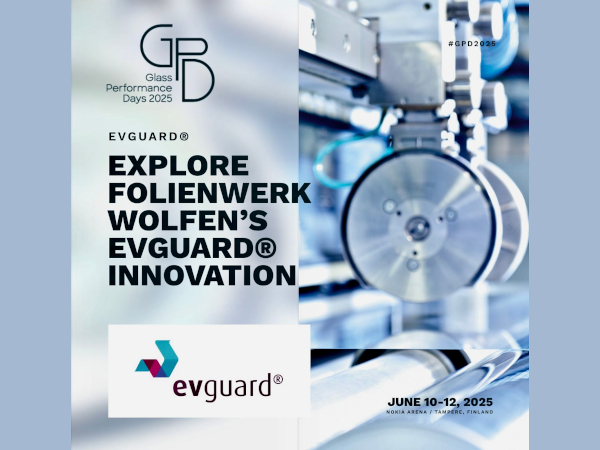
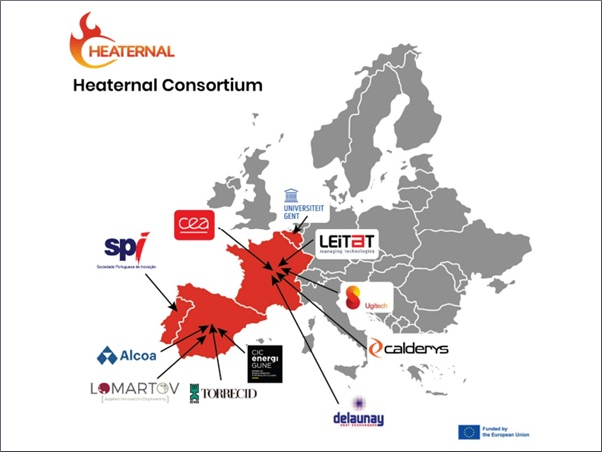
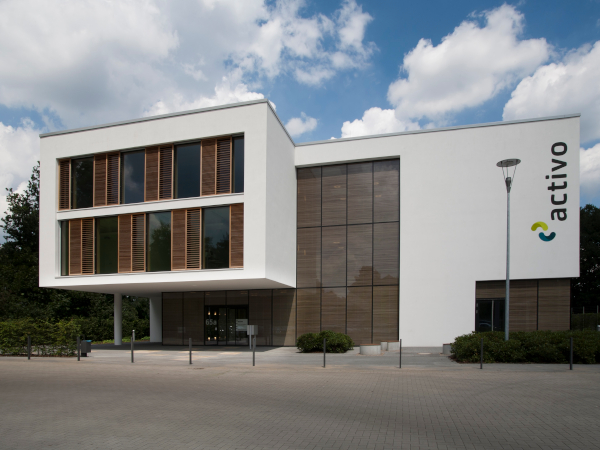
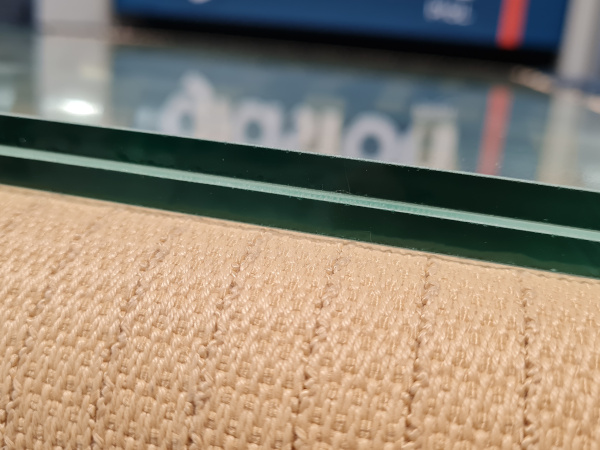
















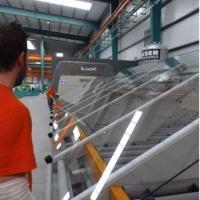
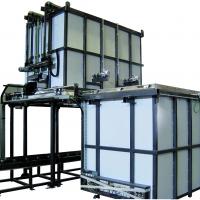

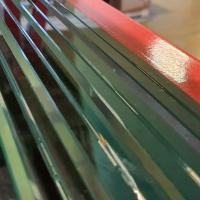


Add new comment